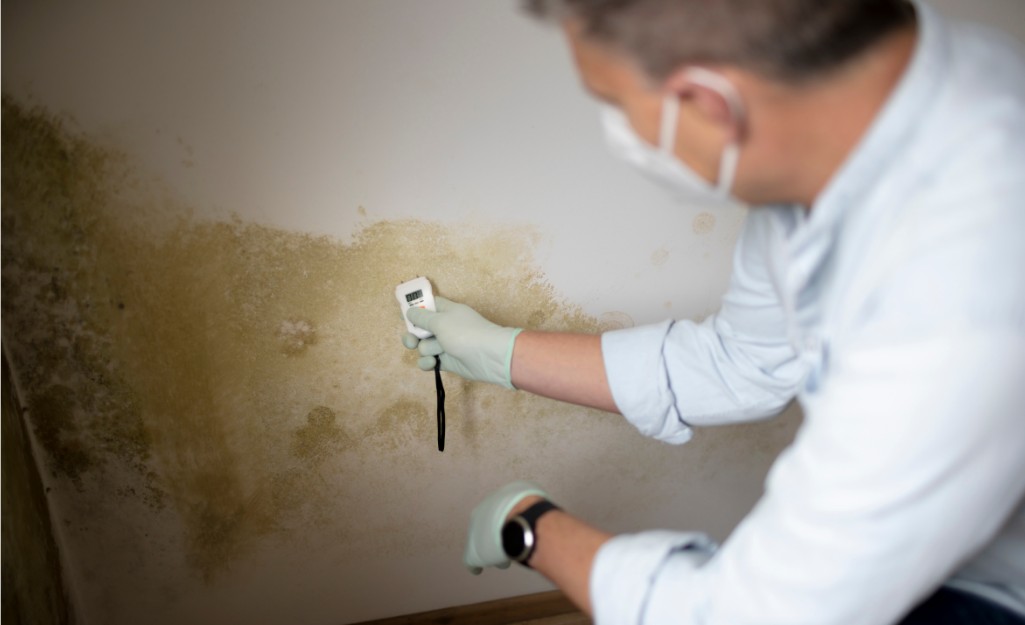Usual Root Causes Of Water Damage in a Bathroom
Usual Root Causes Of Water Damage in a Bathroom
Blog Article
Everyone is bound to have his or her own rationale involving How to Prevent Bathroom Water Damage.
The restroom is exceptionally susceptible for moist build-up and prospective water damages because of the frequent use water in it. This article uses simple examination techniques to assist detecting water damages hazards.
The regular use water in the restroom makes it exceptionally susceptible for wet accumulation and also potential water damages. By evaluating it frequently, you can lower water related damages.
The adhering to set of assessments is easy to perform as well as need to be done once in every 3 months in order to maintain your restroom healthy and also to prevent possible water problems caused by the tub, the shower, pipe joints and also plumbing, sinks, cabinets, and the bathroom
Do not forget performing these evaluations as well as be detailed while performing them. Bear in mind that these straightforward inspections can save you a great deal of cash by giving early indicators for water damages
Bath tub and also Shower
The shower and bath tub require special interest and also upkeep. Check the tiles as well as change if fractured. Make certain that there is no missing out on cement in between the tiles. Inspect and replace cracked caulking at joints where the walls meet the floor or the bathtub. Blocked drains and also pipelines troubles will certainly prevent the bathtub from drying and may indicate major problems below the tub. Speak with a professional right away to avoid structural damage. Take note of discolorations or soft areas around the bath tub wall surfaces as they might suggest an interior leak.
Plumbing
Signs for water damage are hard to spot since most pipes are mounted inside the wall surfaces.
Pay unique interest to floor covering as well as walls moisture and also spots as they might suggest an unnoticeable plumbing problem. Check dampness degrees in adjacent spaces as well.
Sinks and also Cabinets
Sinks and also cupboards are subjected to wetness and humidity day-to-day as well as are typically neglected. Inspect on a regular basis under the sink and on the countertop over it. Fix any type of drip in the trap as it might recommend drain problems. Check out the sink, sluggish draining pipes may show an obstructed drain. Change sink seals if they are split or loose.
The Toilet
The commode is a prone water junction. Examine the water lines as well as search for leakages around the bathroom seat, in the hose, and also under the water storage tank. If you spot any kind of indications of moisture on the flooring around the bathroom, check for leakages in the toilet rim and also storage tank seals.
Be aware that hanging commode bowl deodorants boosts the possibilities for obstructions.
How to Prevent Water Damage in Your Bathroom?
Water damage repair is an expensive, meticulous, and lengthy process. Unfortunately, bathrooms are the most susceptible rooms to water damage due to toilets, showers, and sinks. Pipes and fixtures wear out over time and are not immune to damage. But all is not lost, as there are ways to prevent water damage from occurring in your bathroom.
Check Your Plumbing
Nothing lasts forever, especially pipes, which can rust and begin leaking over time. You should periodically conduct pipe inspections and pay attention for any musty smells or water stains that may indicate you need water damage repair. Here are some things to check:
Frequently test valves for your toilet, shower, and sink to ensure they are properly working. Check faucet supply lines hidden under vanities and replace when needed. Replace cracked or deteriorating caulking along sinks, tubs, and showers. If you notice a clog in your sink, call in a professional. Since you can’t check the pipes in the wall, keep an eye out for stains, drywall bubbling, musty smells, and excess moisture; if the bathroom is on a second level, check the ceiling of the room directly below for these signs. Don’t Overwork Your Toilet
One of the most common reasons bathrooms need water damage repair is due to overflowing toilets. Save yourself the hassle of cleanup by being mindful and not pushing your toilet to extreme limits. If you have young children, it is especially important to keep an eye on them when they are in the bathroom and to teach them how to avoid clogging the toilet. Here are some more tips to help prevent your toilet from overflowing:
If you have a septic tank, only use septic-safe toilet paper Do not flush anything down the toilet besides toilet paper; items like diapers and sanitary napkins will clog the piping Pay attention to your toilet’s water level: If it’s low, it could mean it is partially clogged or that there is a crack in the toilet bowl Maintain Your Shower/Tub
Replace showers or tubs with cracks or other damage; even hairline cracks can allow water to seep in and cause damage. Grout and caulk help prevent water from seeping into walls and floors, so repair them if they are chipped, cracked, or deteriorating. Replace torn shower curtains or shower doors with seals that no longer work. Dry the floor and drain water from the tub immediately after use to prevent damage from sitting water. https://www.alure.com/home-improvements-blog/resources/how-to-prevent-water-damage-in-your-bathroom

Do you enjoy reading about How to Repair and Prevent Bathroom Water Damage? Leave feedback directly below. We will be interested to see your reactions about this blog entry. We are looking forward to see you back again in the future. Sharing is nice. Helping people is fun. Thanks for going through it.
Schedule And Pricing Report this page